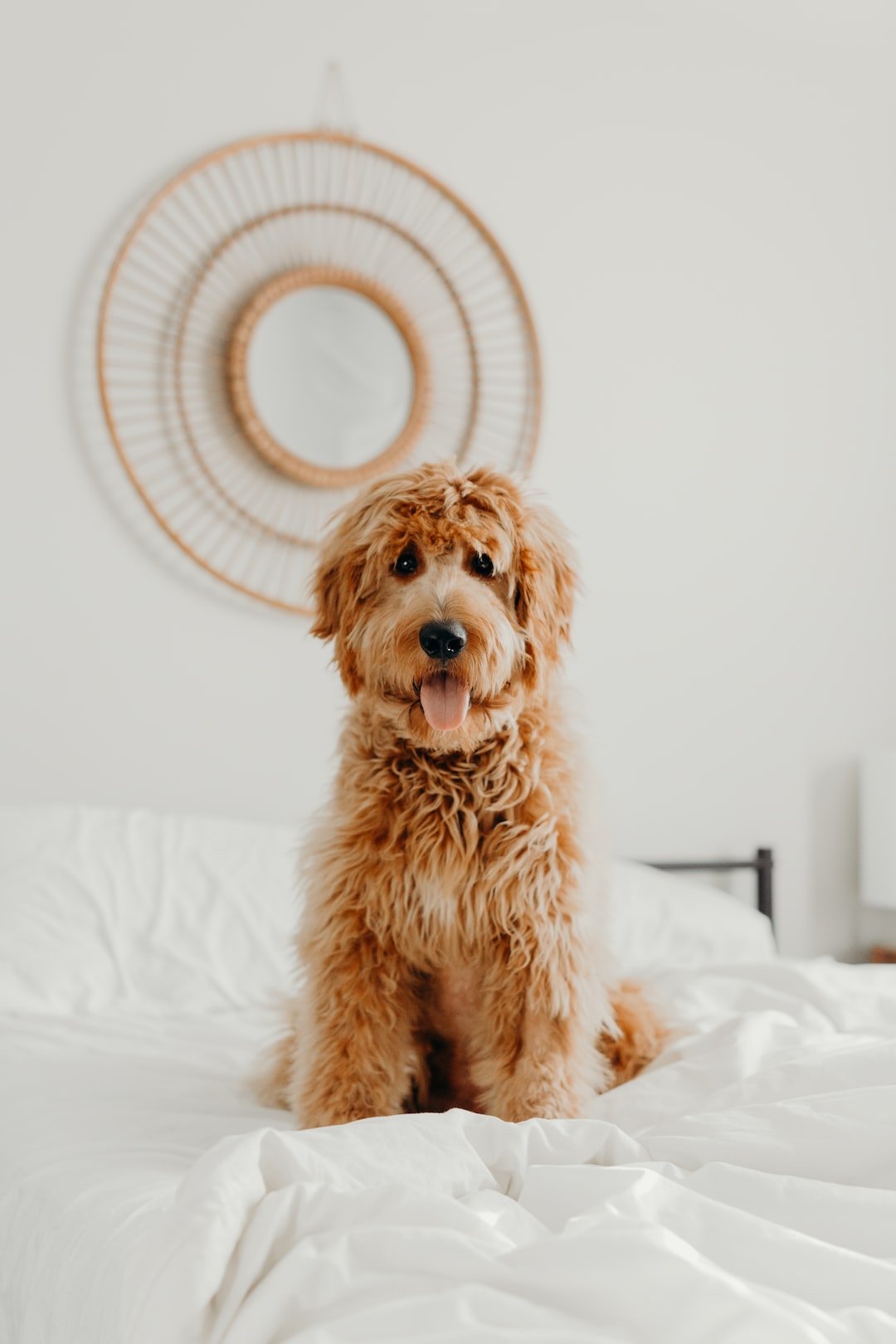Creating a Pet-friendly Garden: Plants to Avoid and Safe Alternatives
For many of us, our furry friends are an important part of the family. We want to ensure their safety and happiness in every aspect of their lives, including our gardens. While it can be tempting to fill our outdoor spaces with beautiful plants and flowers, it is crucial to be aware that many common garden plants can be toxic to pets. In this blog post, we will explore some of the plants to avoid and provide safe alternatives to create a pet-friendly garden.
Plants to Avoid:
1. Lily of the Valley: Although this plant may look delicate and elegant, it is highly toxic to pets. Ingesting any part of the lily of the valley can cause vomiting, seizures, and even heart problems. It is best to keep this plant far away from any areas accessible to your pets.
2. Azaleas and Rhododendrons: These flowering plants are commonly found in gardens, but they pose a significant risk to our pets. The leaves and flowers of azaleas and rhododendrons contain a toxin called grayanotoxin, which can cause gastrointestinal issues, weakness, and even coma in pets.
3. Sago Palm: This palm tree species is highly poisonous to both cats and dogs. Ingesting any part of the sago palm can lead to liver failure, which is a severe and potentially fatal condition. Be cautious of this plant, as it is sometimes used in landscaping due to its striking appearance.
4. Daffodils: Daffodils may brighten up any garden, but their bulbs, flowers, and leaves are toxic to pets. Ingestion of daffodils can cause vomiting, diarrhea, and even cardiac issues. Keep them out of your garden if your pet has a tendency to explore and chew on plants.
5. Oleander: Oleander is a popular shrub known for its vibrant and long-lasting flowers. However, this plant contains toxins that can be deadly for pets if ingested. Seek immediate veterinary attention if you suspect your pet has come into contact with oleander.
Safe Alternatives:
1. Sunflowers: Sunflowers are not only beautiful, but they are also safe for pets. Their bright yellow blooms can bring a cheerful atmosphere to any garden, and the seeds can even be used as a healthy snack for birds and squirrels.
2. Marigolds: Marigolds are a popular choice for gardeners due to their vibrant colors and natural pest-repelling properties. Luckily, they are also safe for pets, making them an excellent alternative to toxic plants like lily of the valley.
3. Spider Plants: Spider plants are non-toxic to cats and dogs, making them a fantastic addition to your pet-friendly garden. Their long, arching leaves and small white flowers can add an elegant touch to any outdoor space.
4. Catnip: Catnip is a favorite among feline companions, and fortunately, it is safe for cats to interact with. Your cat will appreciate having their own spot in the garden to roll around and play with this delightful plant.
5. Rosemary: Rosemary not only adds a fragrant aroma to your garden but also offers numerous health benefits. This herb is safe for pets and can be used in cooking or as a natural flea repellent.
Ensuring a pet-friendly garden goes beyond picking the right plants. It is equally crucial to consider other aspects, such as choosing organic fertilizers and pesticides. Avoid using chemicals that can harm your pets, as they may accidentally ingest them while exploring or grooming themselves. Opt for pet-safe alternatives and always read labels carefully.
In conclusion, creating a pet-friendly garden involves careful selection of plants and taking additional precautions to ensure their safety. By avoiding toxic plants and incorporating safe alternatives, you can create a beautiful outdoor space that your pets can enjoy without any risks. Remember to research any new plants or products thoroughly before introducing them into your garden, and consult with a veterinarian if you have any concerns. With a bit of planning and consideration, you can create a harmonious environment where both your pets and plants can thrive.

